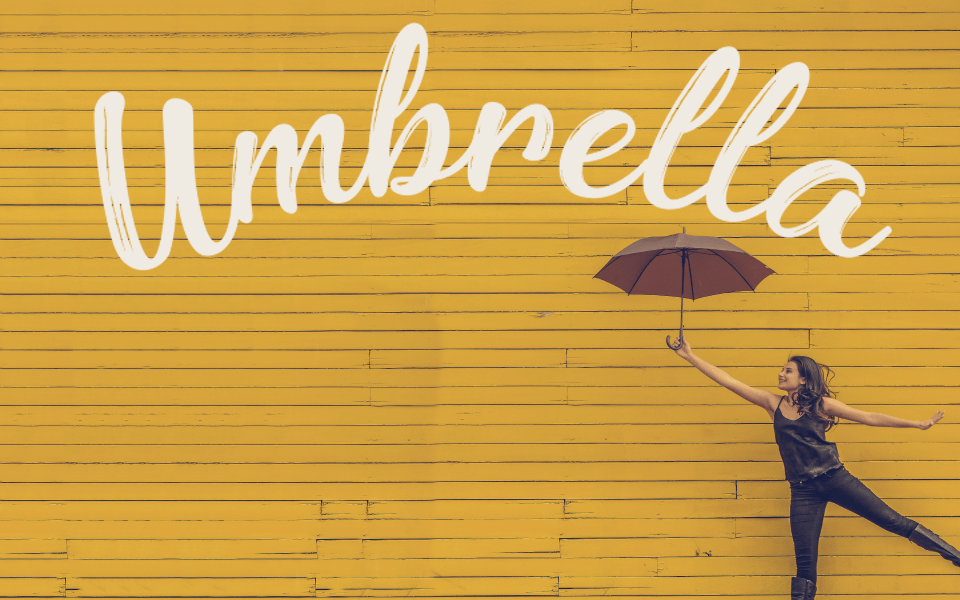In this section
How to do CPR
Health, Science and Social Care Professions tutor and Health expert at Barnsley College, Viv Herbert, talks us through how do you CPR – useful in many emergencies.
Check for dangers
If you come across someone who is unconscious, always check for danger to make sure there is no hazard to you or the person you are helping. First check for a response, you can do this by gently shaking the person’s shoulders and ask loudly, ‘Are you okay?’.
Check for normal breathing
If someone needs CPR they will not be breathing and will not be conscious. Keep the persons’ head back and check for normal breathing by:
• Feeling for breath on your cheek.
• Regular chest movements.
• Listening for breathing.
Look, listen and feel for no more than 10 seconds. If you are sure the person you are helping is breathing normally, then place them in the recovery position and call 999. If the person you are helping is not breathing open their airway. You can do this by placing one of your hands on the person’s forehead and softly tilt their head back, use your other hand to lift their chin.
If the person you are helping is not breathing you should:
• Request someone to call 999 instantly and ask for an ambulance.
• Ask someone to find a public access defibrillator.*
• If you are unable to find anyone to help you, call 999 before you start CPR.
Give 30 chest compressions
Kneel beside the person you are helping and place the heel of your hand on the centre of their chest. Cover the first hand with the heel of your other hand and interlock the fingers of both hands together. Keep your arms straight and use the heel of your hand to push the breastbone down firmly so that the chest is pressed down between 5 and 6cm and release. Do this at a rate of 100 to 120 chest compressions per minute.
Give two rescue breaths
Pinch the persons’ nostrils closed and support their chin with your other hand. Take a normal breath and put your mouth over the person’s and blow until you can see their chest rise. Remove your mouth and watch their chest fall. The two breaths should take no longer than five seconds.
Repeat until an ambulance arrives
Repeat the 30 compressions and two rescue breaths. Keep going until the ambulance arrives and takes over, or the person starts to show signs of regaining consciousness. If you would prefer not to do rescue breaths just do the compressions. That is better than doing nothing until help arrives.
Watch the video below from The British Heart Foundation which will also give you step by step guidance on how to perform CPR safely.
Find Us
Barnsley,
S70 2YW
